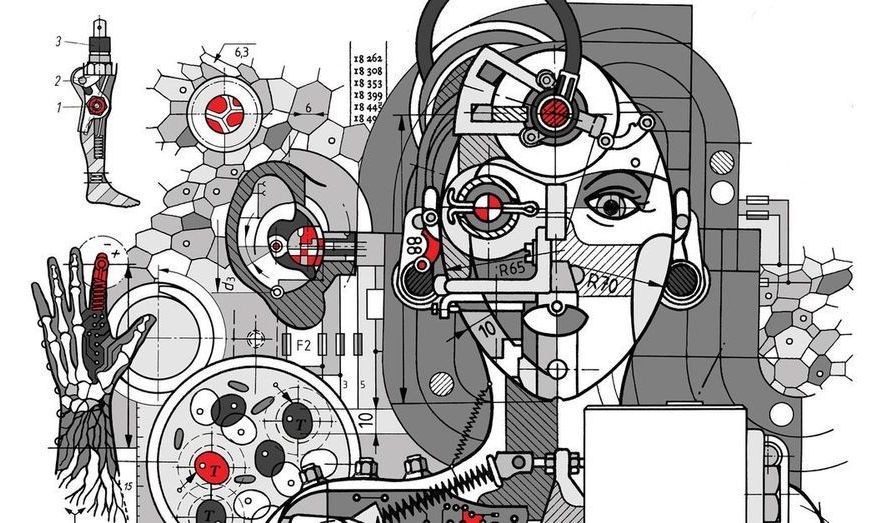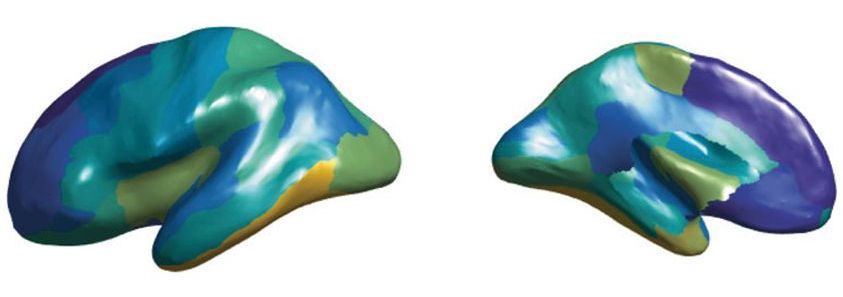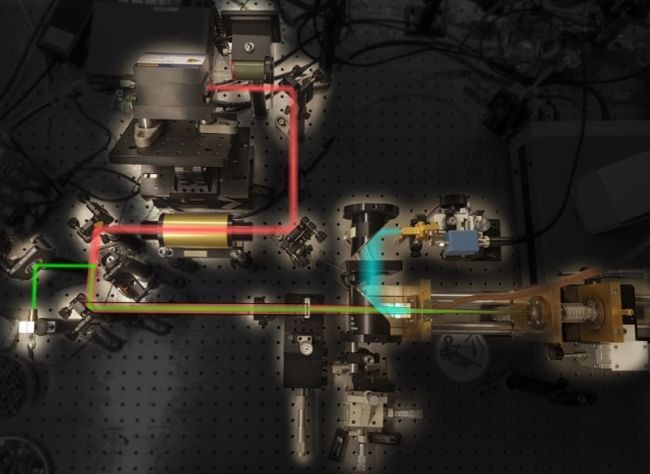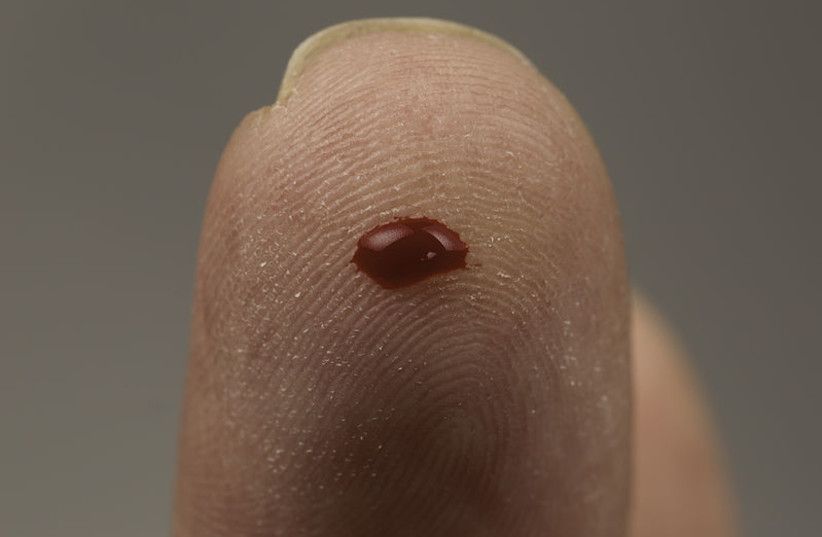
The blood-borne signs of aging – and indeed, perhaps the causes of aging – make three big shifts around the ages of 34, 60 and 78, a new Stanford-led study has discovered, potentially leading to new diagnostic tests and avenues of anti-aging research.
The study measured levels of nearly 3,000 individual proteins in the plasma of small blood samples from 4,263 people aged between 18 and 95, and found that 1,379 of these proteins varied significantly with a subject’s age. Indeed, with information about levels of just 373 of these proteins, the researchers found they could predict a subject’s age “with great accuracy,” and an even smaller subset of just nine proteins could do a “passable” job.
Proteins are the body’s workhorses, carrying out instructions from all the body’s cells. Changes in their levels in our blood reflect the starting, stopping and changing of different biological processes. The researchers found that these changes were often quite sudden – levels of a protein would remain stable in the blood for years, and then rapidly plunge or leap, rather than showing a steady increase or decline.


















